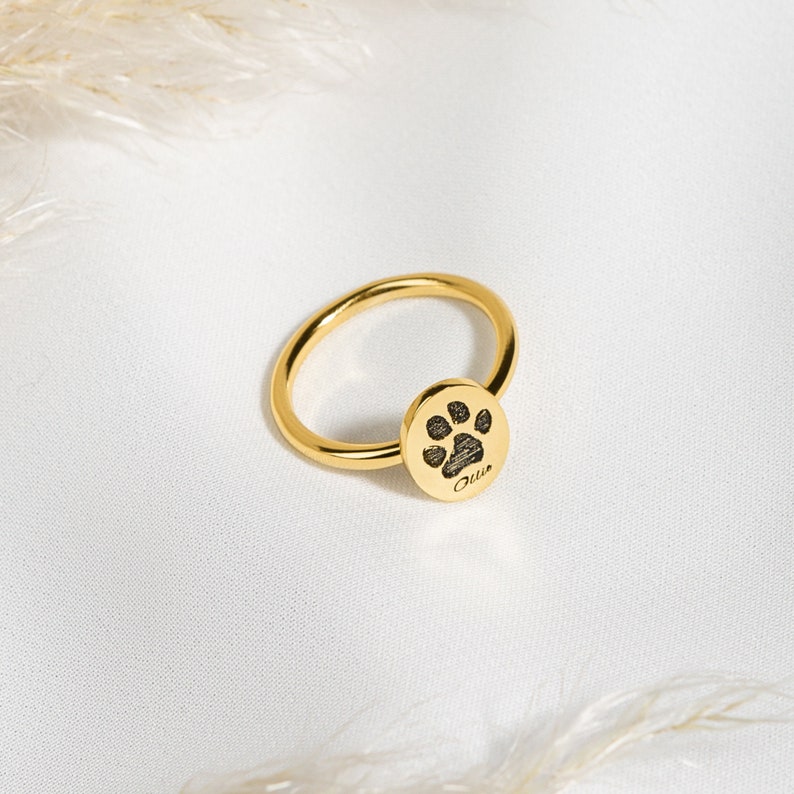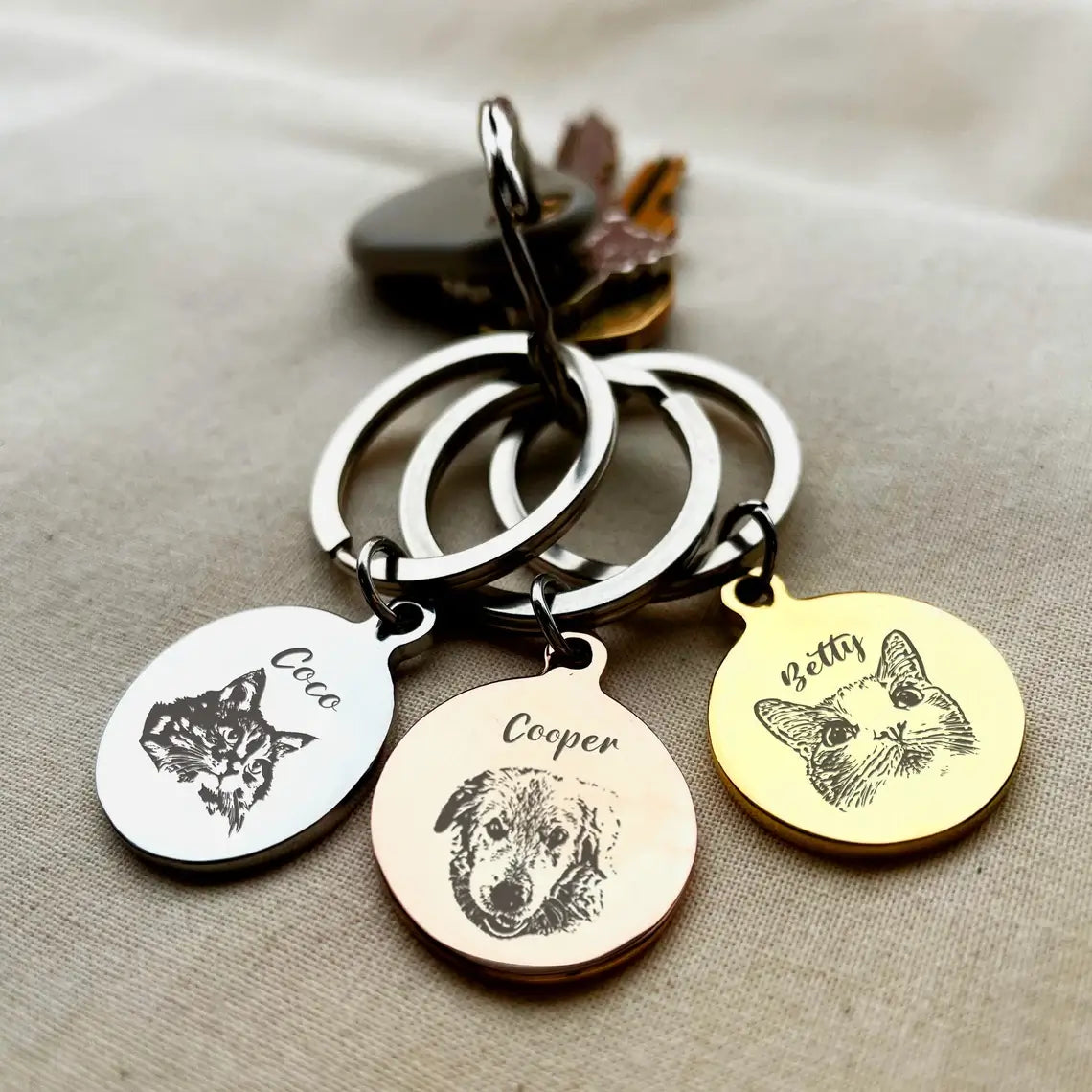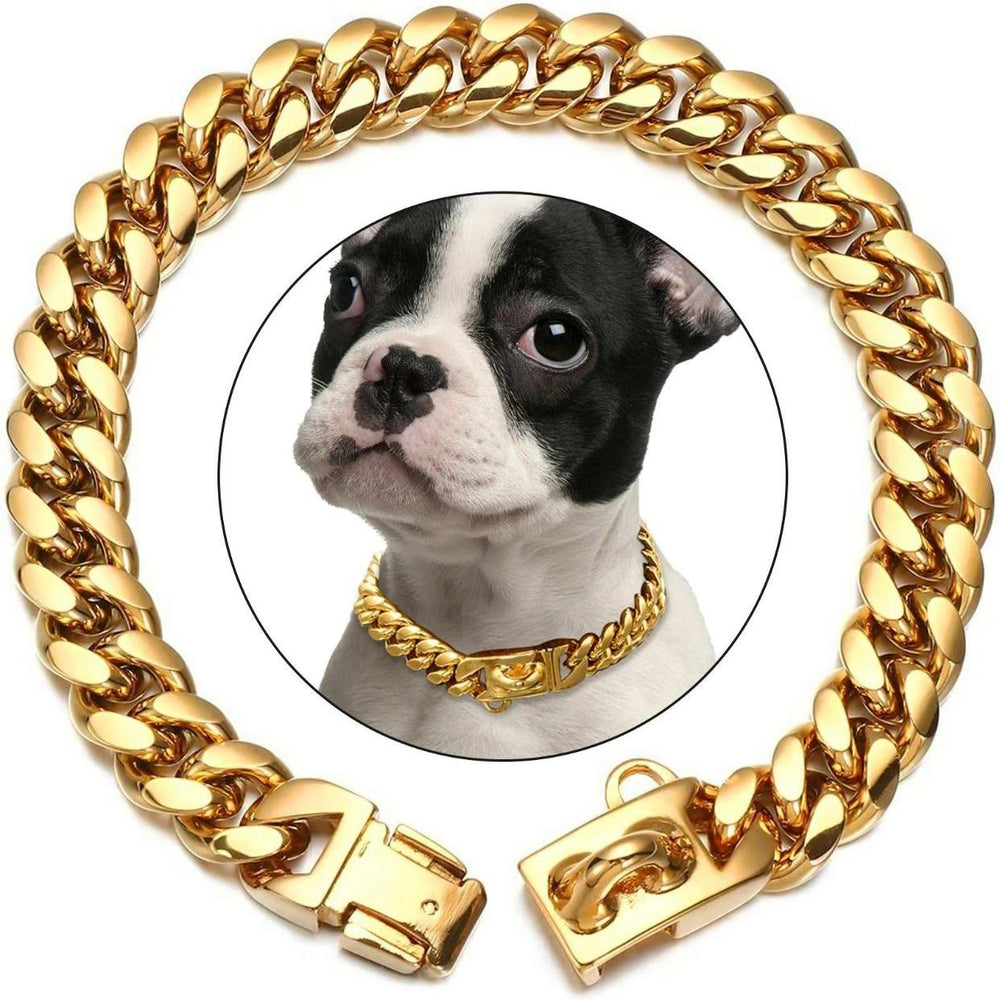Buy Two and Get 50% Off the 2nd one
Is 14 Karat Gold Real? Learn About Purity and Identification

When it comes to buying jewelry, one common question people ask is: "Is 14 karat gold real?" The short answer is yes, 14k gold is real. However, it’s essential to understand what 14k gold actually means to make an informed purchase. This article will explore the composition, purity, and differences between 14k gold and other gold types, providing a clear explanation for anyone looking to buy real gold jewelry.

What is 14k Gold?
14k gold is a blend of gold and other metals, meaning it is not pure gold. It consists of 58.5% gold, while the remaining 41.5% is made up of other metals like copper, silver, or nickel. This combination strengthens the gold, making it more durable for daily wear. You can often spot markings such as AU585 or simply 14k on jewelry pieces to indicate that they are made from 14k gold.

How Pure is 14k Gold?
Gold purity is measured in "karats" (K). Pure gold is 24 karats, meaning it consists of 100% gold. In the case of 14k gold, the gold content is 58.5%. This means that out of 24 parts, 14 are gold and the rest are other metals. So, when you ask, "How pure is 14k gold?", the answer is that it is less pure than 18k or 24k gold but still contains a significant amount of gold, making it a great option for durable, everyday jewelry.
14kt vs 14k: What’s the Difference?
You may have seen both 14kt and 14k gold mentioned in jewelry descriptions. These two terms refer to the same thing. 14kt is simply an abbreviation for 14 karats. So, when comparing 14kt vs 14k, there is no difference in gold content—both contain the same percentage of real gold, 58.5%.
Is 14k Gold Real or Fake?

Many people wonder, "Is 14k gold real or fake?" Rest assured, 14k gold is real gold. However, it is not pure gold like 24k gold. The addition of other metals to 14k gold makes it more affordable, more durable, and less prone to scratches or dents. So, while it isn’t 100% gold, it is still considered genuine gold and is widely used in fine jewelry.
What is Solid Gold?
Solid gold refers to gold that is not hollow or plated. When you buy solid 14k gold jewelry, the piece is made entirely of 14k gold through and through, rather than being coated with gold over a base metal. However, solid gold doesn’t mean pure gold; in the case of 14k solid gold, it’s still a blend of 58.5% gold and other metals. Solid gold jewelry is known for its durability and value retention over time.
Four Simple Ways to Identify 14k Gold

Our Gold Locket Heart Necklace and Pet Portrait Nacklace
For those wondering how to identify real gold, here are four practical methods to determine the purity of your 14k gold jewelry:
-
Check the Color
The higher the gold content, the richer and deeper the gold color. For 14k gold:- Deep reddish-yellow indicates more than 95% purity.
- Light reddish-yellow signifies 90% to 95% purity.
- Pale yellow suggests a gold purity of around 80% to 85%.
- Light yellow could mean a purity level of 65% to 70%.
- If the gold has a slightly white or bluish hue, the purity may be between 50% and 60%.
-
Test the Hardness
Pure gold is soft and can be indented with a bite—this is why old movies often show people biting into gold coins to check authenticity. 14k gold is harder because it contains other metals, so it won't dent as easily. -
Fire Test
Heat the gold item until it’s red hot, then let it cool. Real 14k gold will maintain its golden appearance after heating, whereas impure gold may turn black. Be careful not to deform the piece when applying heat. -
Listen to the Sound
Drop a gold item onto a hard surface. Pure gold emits a low, dull sound, while impure gold or 14k gold mixed with other metals will produce a sharper, higher-pitched sound. Real gold won’t bounce much after hitting the ground.
Benefits of 14k Gold
Here are some reasons why 14k gold is popular for real gold jewelry:
- Durability: The mixture of gold and other metals makes 14k gold harder than pure gold, making it more resistant to scratches and deformation.
- Affordability: Because 14k gold contains less gold than 18k or 24k, it’s more affordable, making it accessible for a wide range of buyers.
- Variety: 14k gold can come in different colors, such as yellow gold, white gold, and rose gold, giving buyers more options to suit their tastes.
14k Gold vs. Other Gold Types

- 24k Gold: Contains 99.9% gold and is considered pure gold. However, its softness makes it less suitable for everyday jewelry.
- 18k Gold: Contains 75% gold. This is a good balance between purity and durability.
- 10k Gold: Contains 41.7% gold and is the minimum standard for real gold jewelry. It is harder and more affordable than 14k gold but less pure.
Conclusion: Is 14 Karat Gold Real?
In summary, 14 karat gold is real gold, though it is a mixture of 58.5% gold and 41.5% other metals. It offers an excellent balance between durability and beauty, making it one of the most popular choices for real gold jewelry. Whether you're looking for an affordable option or a piece that can withstand daily wear, 14k gold is a fantastic choice.










































